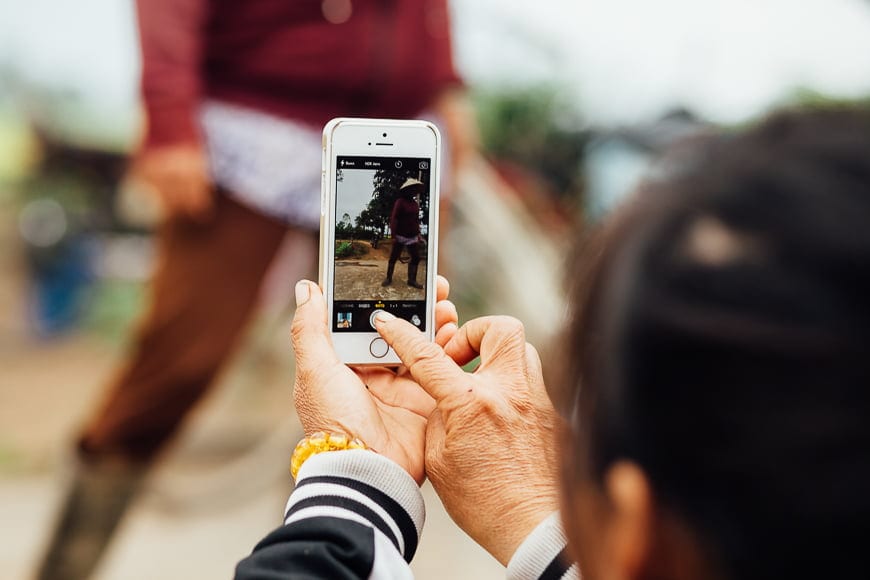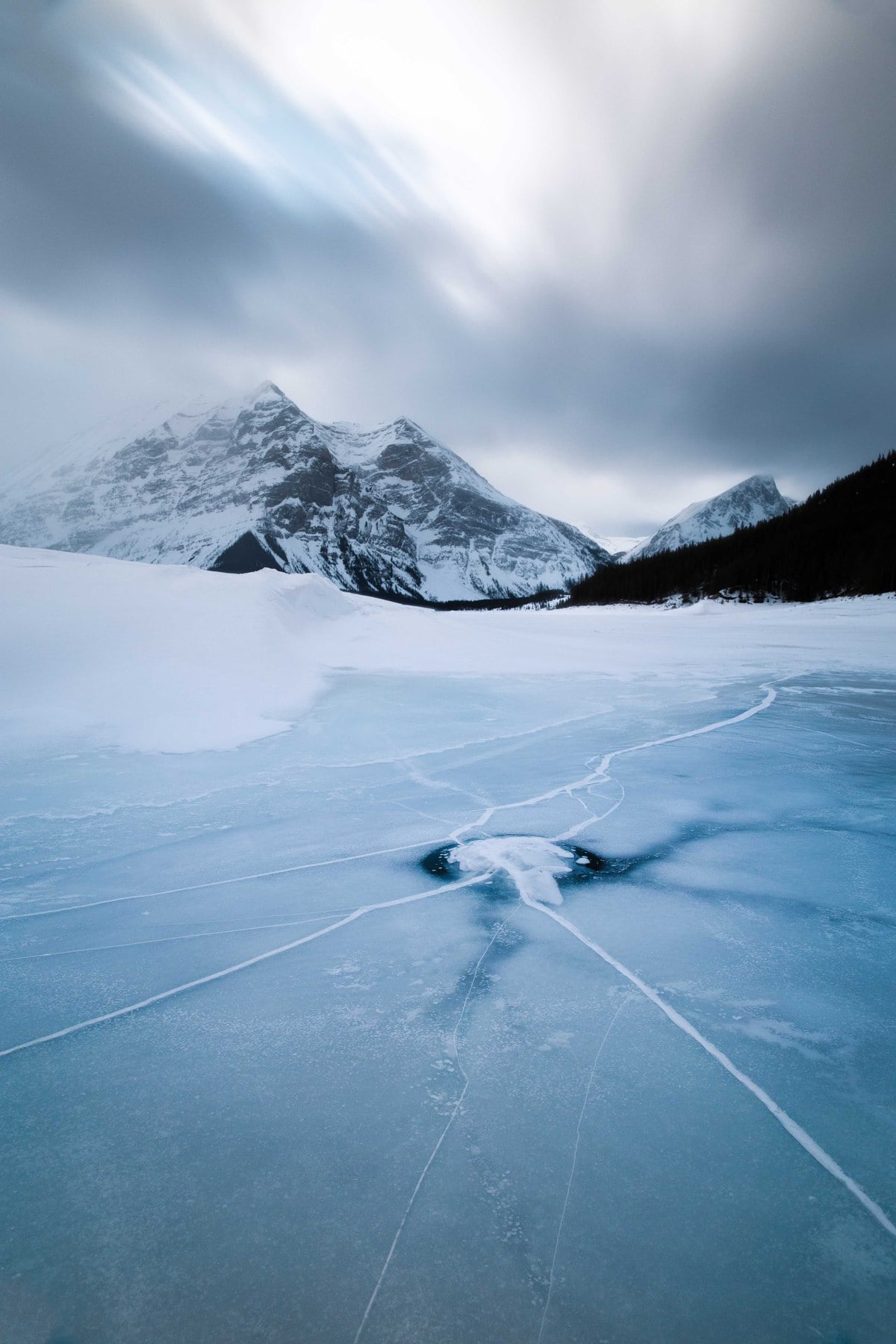
You could just type away your documents and print them onto the paper just like you wanted it to. The most prominent was the IBM DisplayWriter which brought about advanced word processing functionalities with a portrait mode monitor. Several desktop computers and applications became popular after the Alto. Long story short, the Xerox Alto, though not mass produced (only 2,000 units built), lay the groundwork for how we want to present our documents in a readable format, i.e. Same goes for the next big thing in document creation, called Gypsy, which enabled mouse operations along with the WYSIWYG interface. Graphically, since the display was in a portrait mode and was accustomed with the printing technology of that time, besides enabling font formatting and alignment features, the printed documents were all in a portrait mode to enable reading. The advanced WYSIWYG document preparation program in the Alto, called Bravo, was the first-ever to enable command based editing in personal computers. Little did Alto’s developers know that they will be setting off many a first in their quest for simplifying document creation for computer users.
#Landscape vs portrait view software#
Mostly sold to laboratories and universities, the Xerox Alto sported a bitmap display that let the user process word documents and then print them onto a paper in a What-You-See-IS-What-You-Get (WYSIWYG) format.Īlto’s software components were also revolutionary and sported a portrait format of editing word documents with commands. Based on a simple, rather primitive yet quite a futuristic design, the Xerox Alto gave the user a viewing experience similar to a book. The very first instance of using a portrait mode display, and also the very first in the graphical user interface in desktop computers, was the Xerox Alto computer developed around the 70s. But did you know that this functionality goes way back to the origins of modern desktop publishing? That is where the concept of portrait and landscape formats first came to life. We have used this functionality to take printouts of our documents in the office countless number of times. With this mode you portray wide scale maps and plans for better understanding.Įvery time you press Ctrl+P in a word or graphical processing tool, you get the following property window in the options. Landscape is the mode where you play your video games and OTT platform sitcoms and dramas on your television.

Within landscape format, we tend to capture a lot of visuals and thus, landscape mode fits the formats where we want to see moving things.
#Landscape vs portrait view movie#
This is the reason why landscape format is employed in TV screens or movie theaters. In a more physiological perspective, our eyes see the picturesque and transcending things in the world in a landscape mode. scenery with a lot of objects and/or people. Etymologically, the term ‘landscape’ is used to visualize a piece of land, i.e. The landscape format is the one where the page width is greater than page height. Reading pleasure sure comes alive when we have a portrait view of things, doesn’t it? Another prime example is the newspaper that lands on our doorsteps. Mostly, legal documents and contracts are also printed out in portrait format to enable reading and comprehending significant text. In printing context, portrait format serves as the orientation for a combination of visuals and text, just like we see in a journal. Even ancient manuscripts in the form of text and images drawn on a scroll of parchment were ultimately a form of portrait orientation since it is read from top to bottom.


In textual reference, a portrait format such as we see in books or magazines enables us to read as much as we can in a single frame or page of the written text.

You basically are visualizing the person’s (or the object’s) portrait. From a visual point of view, a portrait orientation originates from the capturing of a person’s face and bodily features in a painting. This format is used extensively in material with text. These formats are the stimuli that we, as an observer, choose while viewing a certain type of object.īut have you ever thought how these portrait and landscape orientations came into existence? What makes them our only two options (so far) to visualize a rectangular page? We trace the history (and a little bit of future) in this blog.Ī portrait format is the one where the page is longer than it is wider. But what binds them is our choice of remarkable optics of two orientation formats - portrait and landscape. The fact of the matter is that we come across these visuals on a daily basis. And how comforting is this image in your leisure time!


 0 kommentar(er)
0 kommentar(er)
